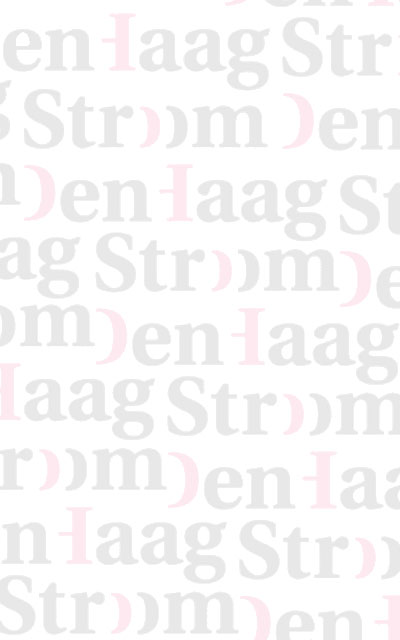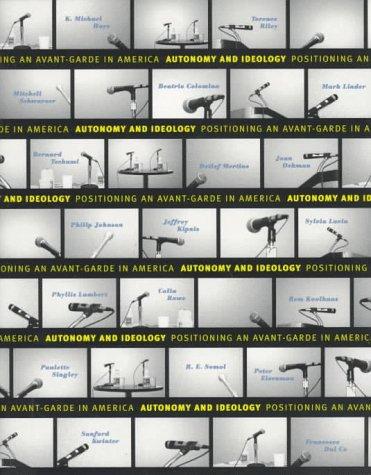
Postwar Britain and the Aesthetics of Plenty
ed. by David Robbins ; essays by Lawrence Alloway ; David Mellor ; Denise Scott Brown ...[et al.]
- Author(s)
- Lawrence Alloway, David Mellor, Denise Scott Brown, ...[et al.]
- Editor(s)
- David Robbins
- Publication
- Cambridge Mass. ; London : The MIT Press, 1990
- Scope
- 256 Pages, illustrated, 25x31 cm.
- ISBN
- 0262181398
This book provides the first comprehensive view of the Independent Group's aims and significance. The Independent Group, or the IG, as it was called, is best known for having launched Pop Art. But the young artists, architects, and critics who met informally at London's Institute of Contemporary Arts in the early 1950s were actually embarked on a far more subversive and constructive mission than the founding of an art movement. Street-smart, anti-academic, and iconoclastic, they embraced Hollywood and Madison Avenue and rejected the traditional dichotomies between high and low culture, British and American values. They used their meetings and exhibitions to challenge the official modernist assumptions of British aesthetics and to advocate instead a media-based, consumer-based aesthetics of change and inclusiveness - an aesthetics of plenty. In doing so they drew upon Dadaist, Futurist, and Surrealist strategies to invigorate their alternative version of modernism - a version that today can be said to have insinuated the terms of postmodernism.
- Person as subject
- Monira Al Qadiri
- Keywords
- critical aesthetics , design , counter culture , architects , sixties , pop art , art movements
- Geographical location
- Great Britain
- Location
- Cabinet 9 - 2: Kunst stromingen en thema's
- Extra themes
- Architecture and Art
- Remarks
- Incl. Bibliographical References


